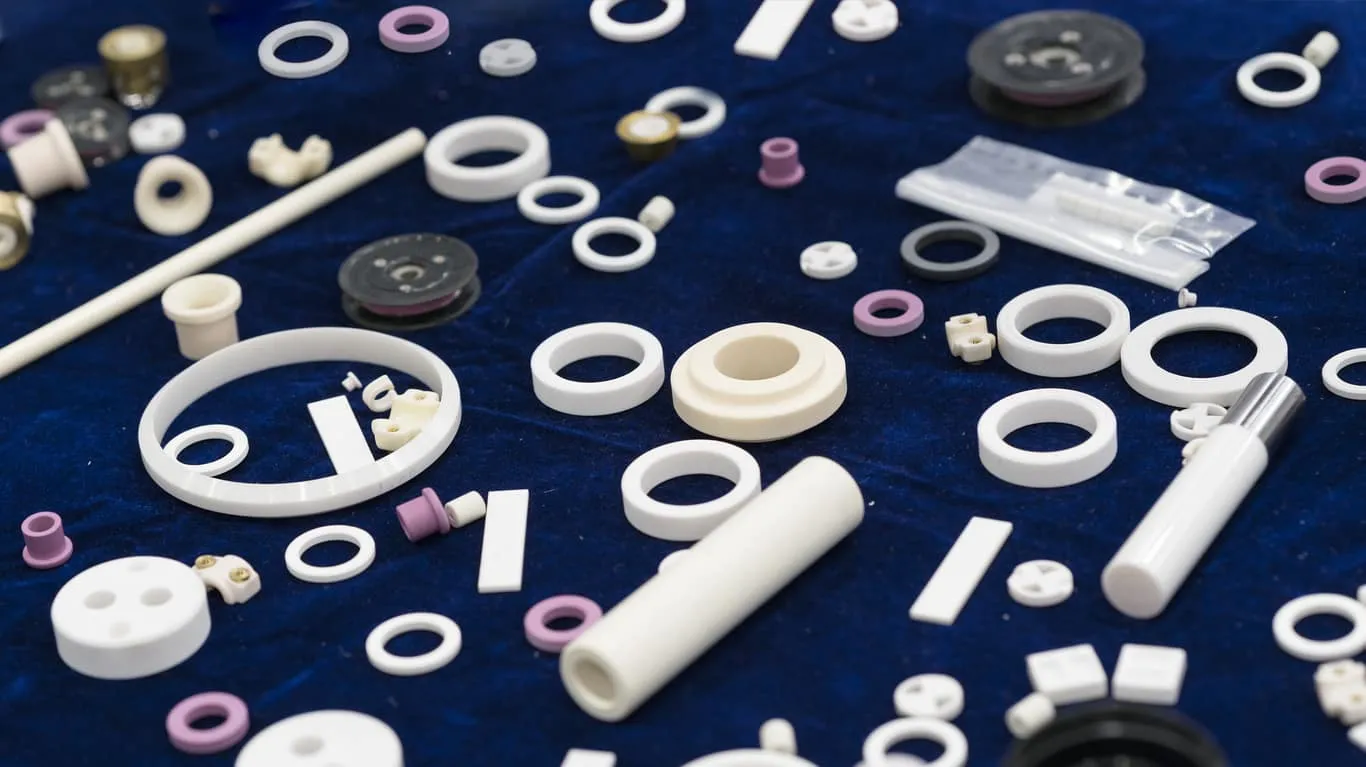Ceramic
Discover what is Ceramic, a manufacturing material, and its usage in the industry.
Introduction to ceramic
Ceramics are considered an inorganic, non-metallic, solid material comprising metal, non-metal, or metalloid atoms, mainly held in either ionic or covalent bonds. Known for their brittle properties, ceramics are hard, strong in compression, and weak in shearing and tension. They also withstand chemical erosion and high temperatures. Ceramics are a part of our everyday lives without realizing it; they surround us from domestic and industrial building products, tableware, and art up to medical devices and microchips.
Ceramics hold a special place in history. Humans initially used them to craft pottery objects like pots and other hollow utensils. They originally made ceramics from either pure clay or blended with other materials such as silica, then hardening and sintering with fire. Later, amorphous glaze coating created smooth, colored surfaces and reduced porosity.
Traditionally, the raw materials used in ceramics have been clay-like minerals such as kaolinite. More recently, industries have widely adopted aluminum oxide, also known as alumina. Advanced ceramics embody materials such as silicon carbide and tungsten carbide, both of which are recognized for their abrasion resistance, making them useful in crushing equipment and mining operations. The medical, electrical, and electronics industries also employ advanced ceramics. As raw materials become subject to depletion, the creation of synthetic sand for use in ceramics has been developed. Synthetic sand is sand that is deficient in clay, blended with bentonite or other clay-like material to make it suitable for molding.

Generic ceramic materials
The two types of ceramics are crystalline and noncrystalline. Crystalline ceramics are not eligible for a wide range of processing; they can either be shaped in situ or formed with powders and sintered to form a solid body. Forming techniques can vary between hand shaping, slip casting, tape casting, injection molding, dry pressing, etc. Noncrystalline ceramics are basically glass and are usually formed through melting. Shaping glass can involve either bringing the ceramic material to a fully molten state and casting it or bringing it to a semi-molten state (like caramel) and blowing it into a mold.
Ceramic materials contain specific mechanical, electrical, and optical properties. The mechanical properties mainly focus on material strengths such as elasticity, tensile strength, compressive strength, shear strength, fracture toughness and ductility (low in brittle materials), and indentation hardness. Electrical properties involve semiconductors, superconductivity, ferroelectricity and supersets, and a positive thermal coefficient. Optical properties focus mainly on optical filters and guided wavelengths, helping to develop fiber optic, night-vision, military, LED (Light Emitting Diode), and various other technologies.

Get multiple quotes for your parts in seconds
